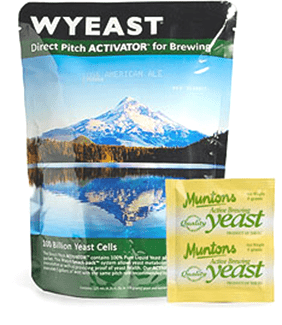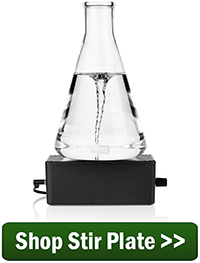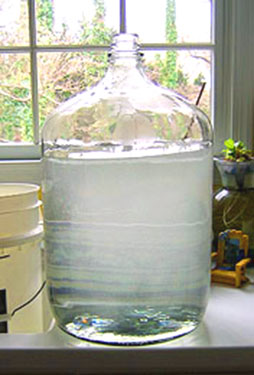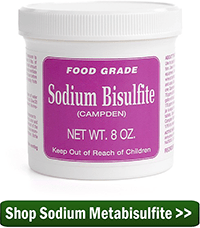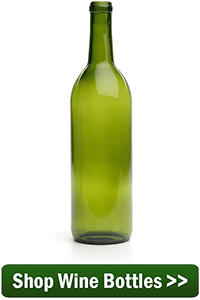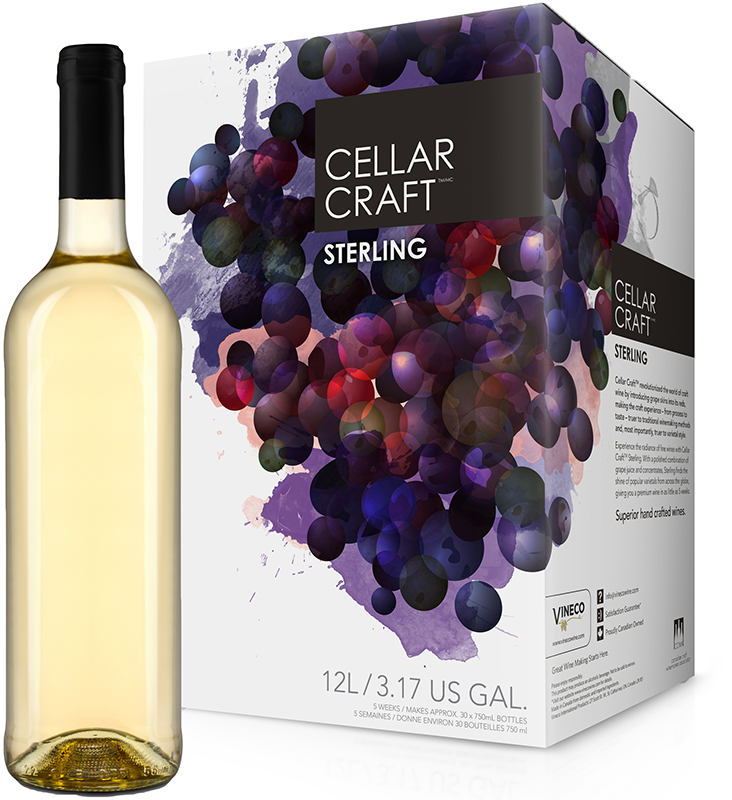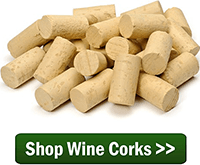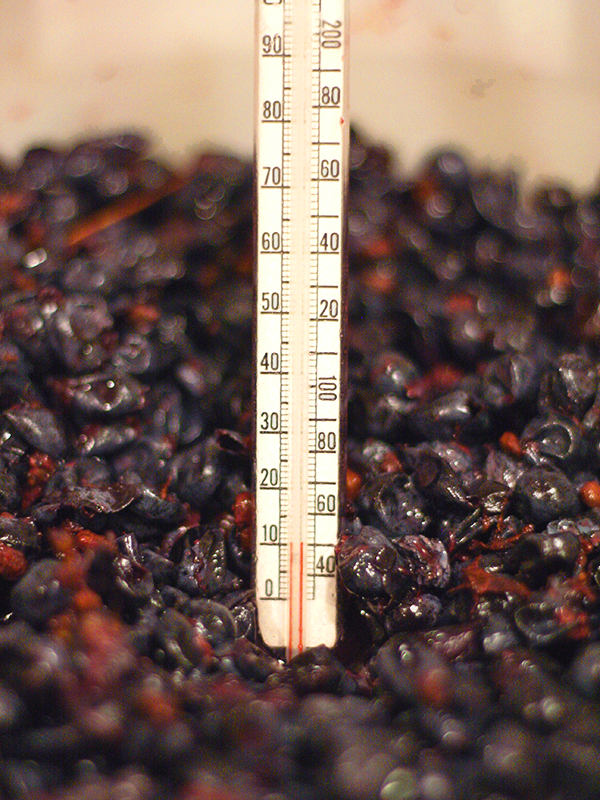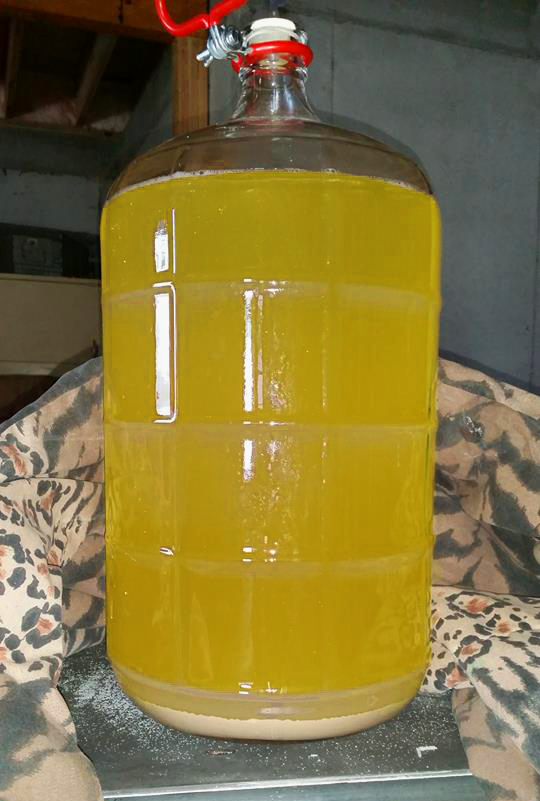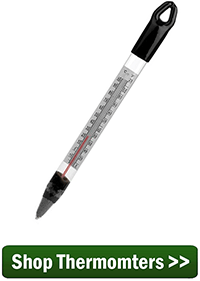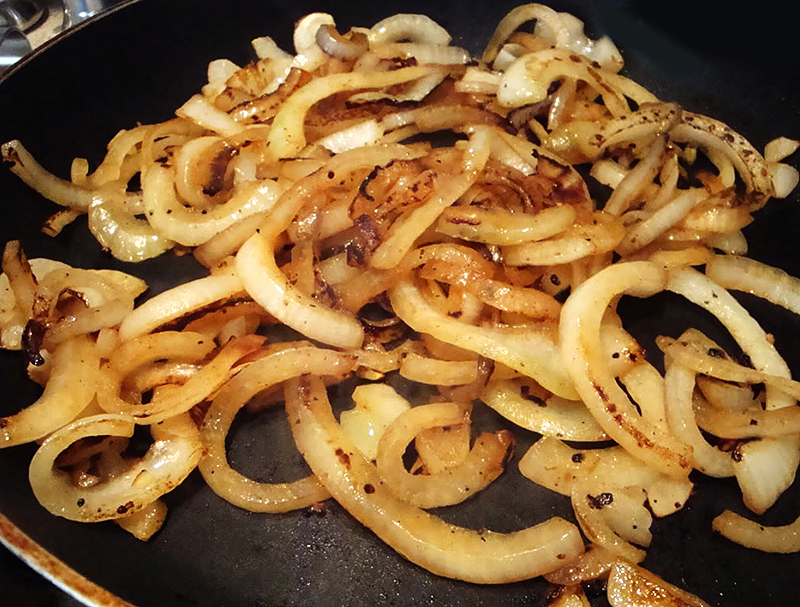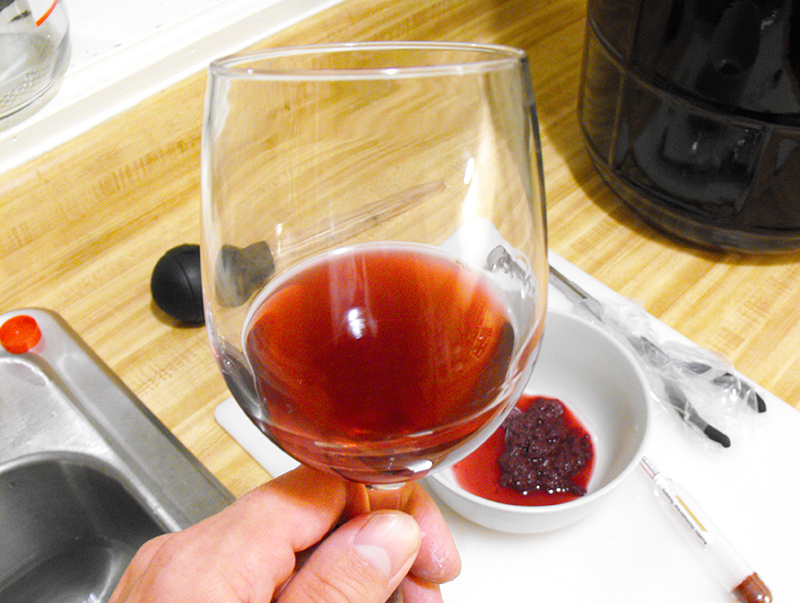 I have been aging my last years batch of wine since late September of last year. I tasted it and there seems to be a salty taste in the wine. I have never ran into this problem before. Do you have any suggestions, or will I have to call this a loss?
I have been aging my last years batch of wine since late September of last year. I tasted it and there seems to be a salty taste in the wine. I have never ran into this problem before. Do you have any suggestions, or will I have to call this a loss?
Name: Scott
State: CA
—–
Hello Scott,
Having a salty taste in a wine is a very unusual fault to have, but I am going to think out-loud a bit and see what I can come up with.
- My first thought would be that if you are aging in a wooden barrel, the remnant salts from the sodium metabisulfite may have built up over the years through insufficient rinsing or no rinsing at all. But this is very unlikely. If you make any kind of conscious effort to rinse a barrel you would be able to keep up with the trace amount of salts that are left behind with each wine batch.
- My second thought is that a mistake was made in a dosage added to a wine/must. For instance, yeast nutrient (diammonium phosphate) would add what some would call a salty taste to the wine if too much were added, but this would take many times the normal recommend dosage.
- Third would be saltiness from the grapes themselves. This could add a salty taste in wine. This could apply if you made the wine from fresh grapes from a vineyard. The mineral content of the soil is always reflected in the grape’s flavor to some degree. This is one of the reasons a grape’s origin is always noted. If you are making wine for the first time from a particular soil or terroir, then this is what could be going on.
- The fourth thing that comes to mind is a mold infection. The only reason I left this for last is because it is the least likely of the four. This is because by the time the wine has a salty taste from mold, it is already blatantly obvious from a visual inspection that mold as set in. So if you don’t see any patches of dried crust on the surface anywhere, or a rainbow-ed, oil-slick look on the wine’s surface, the salty taste in the wine is not being caused by a mold.

Beyond these things the only thing that comes to mind is accidentally putting salt in the wine. But this is obviously a pretty ridiculous thought considering I can’t even imagine how that could happen – short of a twisted friend playing cruel joke.
One thing I would suggest trying is cold stabilization. Take a sample of the wine, say a gallon, and chill it down in a refrigerator for 1 or 2 weeks. What you are looking for is excess elements in the wine to precipitate out. If you do see something drop out and it improves the flavor of the wine, then you can treat the rest of the batch in the same way.
Besides cold stabilization I doubt there is much you can do to remove the salty taste from the wine. You could try a fining agent such as bentonite, but I do not feel that this is like to help.
Best Wishes,
Ed Kraus
———————————–
Ed Kraus is a 3rd generation home brewer/winemaker and has been an owner of E. C. Kraus since 1999. He has been helping individuals make better wine and beer for over 25 years.



